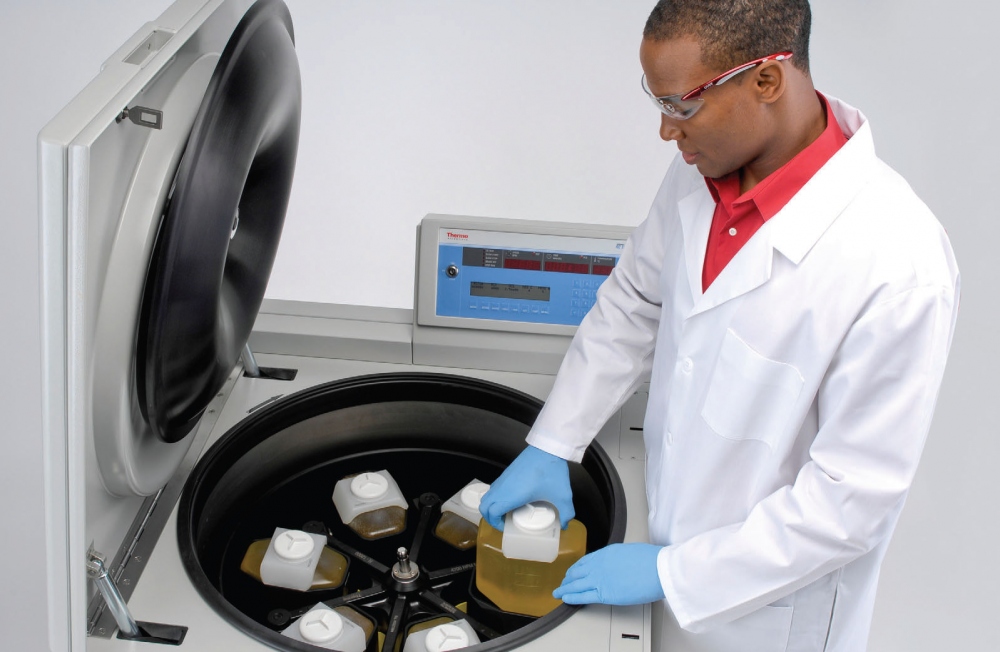Among the pantheon of laboratory supplies considered commonplace for scientists, the centrifuge is a type of lab equipment paramount in the surveillance of cellular components, as well as in the study of DNA and in pragmatic medical uses. Centrifugation is a process wherein suspended particles within a heterogeneous liquid are separated from the mixture through the application of a high-speed motor. Concisely, it expels heavier items within the mixture and relocates them to the outer edge of the substance. This is a concept analogous to the one experienced by children when stumbling toward the ledge of a moving merry-go-round in a public park. Centrifuges allow researchers and medical experts to condense that concept into a controllable, compact form of scientific equipment.
Centrifuges are commonly found within any given med lab supply, since they are used in the separation of bodily substances–most notably in that of plasma from blood samples for critical analysis. These machines, located most often in hospitals or diagnostic labs, tend to be larger to accommodate more samples at a given time. In this case, those samples are typically held within the med lab’s supply of centrifugal tubes, which are specially crafted to withstand high speeds and fit snugly into the provided cavities of a centrifuge. A professional additionally has control over numerous specific aspects of how this scientific equipment functions, such as its speed of motion, duration of time in motion, and number of revolutions to be made; this customization allows the operator to run an extensive range of tests tailored to the demands of a particular experiment.
For the sake of laboratory safety, centrifuges are often stored in refrigerated locations, since air friction can generate an abundance of excess heat. This lab equipment is also outfitted, most often, with suction technology that combats the tendency for smaller models to move across tabletops. Of equal importance, increased stability reduces the noise produced by a machine, which is pertinent in a laboratory setting where concentration is often key.
In cellular research, this lab equipment enables certain organelles to be separated from the cell as a whole, allowing for specific study of the organelles themselves. Portions of DNA can be divided through this method as well, which benefits the priorities of geneticists. Universities typically include miniature centrifuges among their laboratory supplies, so that students can witness centrifugal force in action and use it to develop their own experiments.







Recent Comments